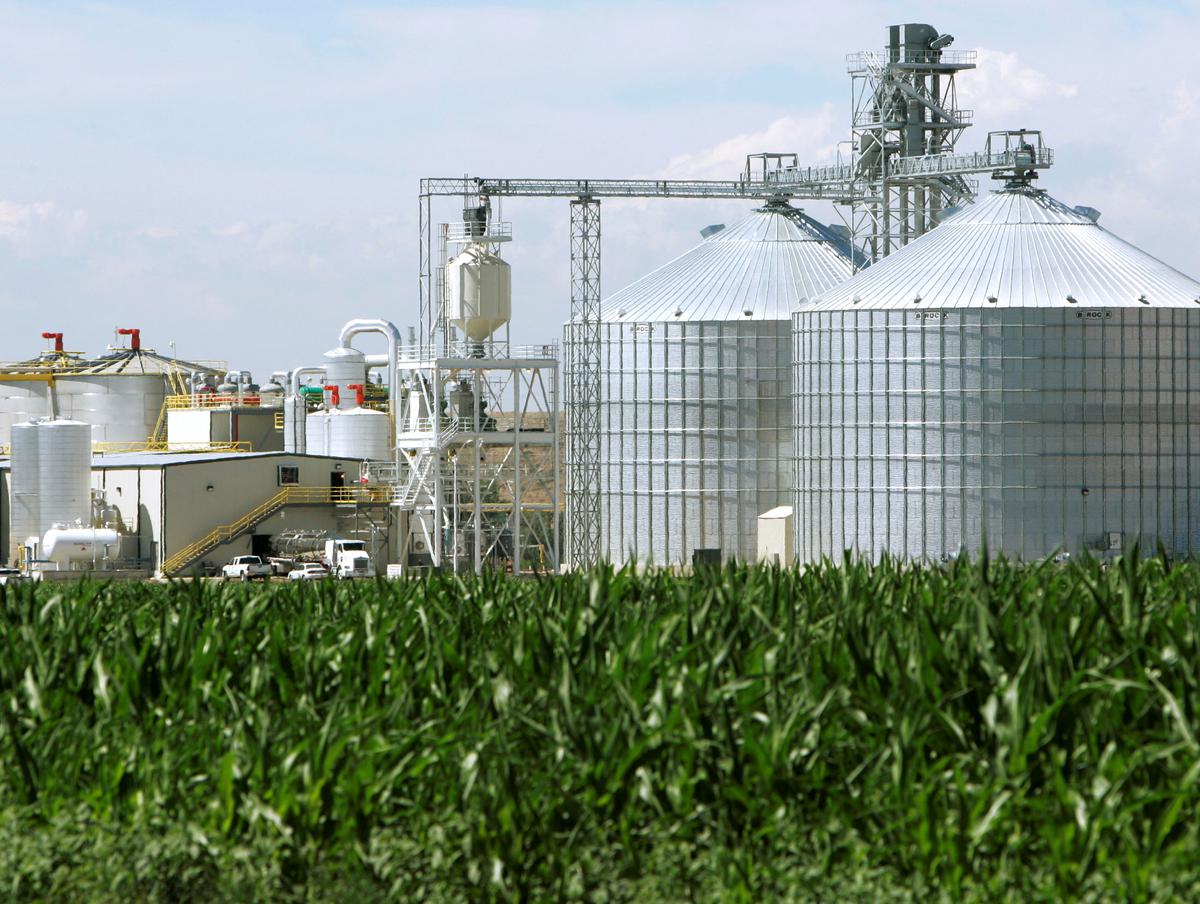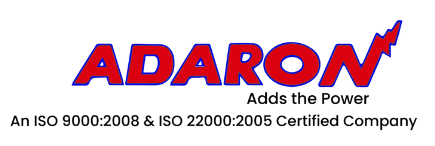Ethanol/ Methanol
Scope of the Ethanol Project:

The energy demand in our country is rising due to an expanding economy, growing population, increasing urbanization, evolving lifestyles and rising spending power. About 98% of the fuel requirement in the road transportation sector is currently met by fossil fuels and the remaining 2% by bio-fuels.
Today, India imports 85% of its oil requirement.
The Indian economy is expected to grow steadily despite temporary setbacks due to the COVID pandemic. This would result in a further increase of vehicular population which in turn will increase the demand for transportation fuels.
Domestic bio-fuels provide a strategic opportunity to the country, as they reduce the nation’s dependence on imported fossil fuels. In addition, when utilized with appropriate care, bio-fuels can be environmentally friendly, sustainable energy sources.
They can also help generate employment, promote Make in India, Swachh Bharat, doubling of farmers’ incomes and promote Waste to Wealth generation.
Ethanol is one of the principal bio-fuels, which is naturally produced by the fermentation of sugars by yeasts or via petrochemical processes such as ethylene hydration. It has medical applications as an antiseptic and disinfectant. It is used as a chemical solvent and in the synthesis of organic compounds, apart from being an alternative fuel source.
The National Policy on Bio-fuels – 2018, provides an indicative target of 20% ethanol blending under the Ethanol Blended Petrol (EBP) Programmed by 2030. Currently petrol with 10% ethanol blend (E10) is being retailed by various Oil Marketing Companies (OMCs) in India, wherever it is available.
However, as sufficient quantity of ethanol is not available, therefore, only around 50% of petrol sold is E10 blended, while remaining is unblended
petrol (E0). The current level of average ethanol blending in the country is 5% (Ethanol Supply Year 2019-20).
Due to several interventions in the supply side of ethanol, the Ministry of Petroleum aims to achieve 10% ethanol blending levels in the Ethanol Supply Year (ESY) – 2021-22 i.e. April, 2022.
By taking into consideration the limitation of ethanol production from traditional C-Heavy molasses route and its competitive usage in potable and chemical sectors, the Central Government has allowed other sugarcane and food grain-based raw materials for ethanol production in line with the National Policy on Bio-fuels, 2018.
As per the decision of the CCEA in its meeting of 21.12.2020, the Government aims to advance adoption of 20% blending in gasoline in the country by 2025.


